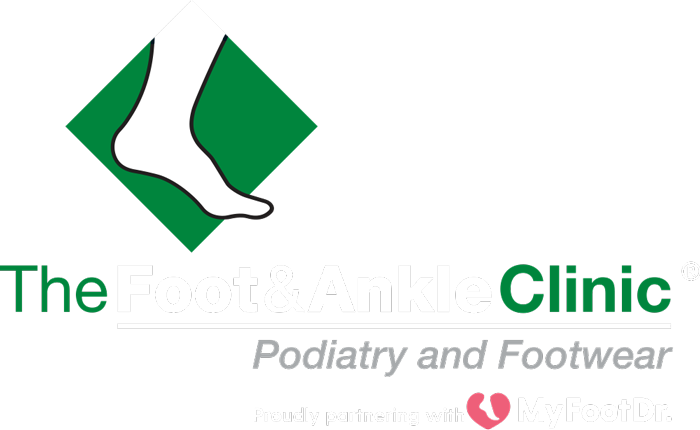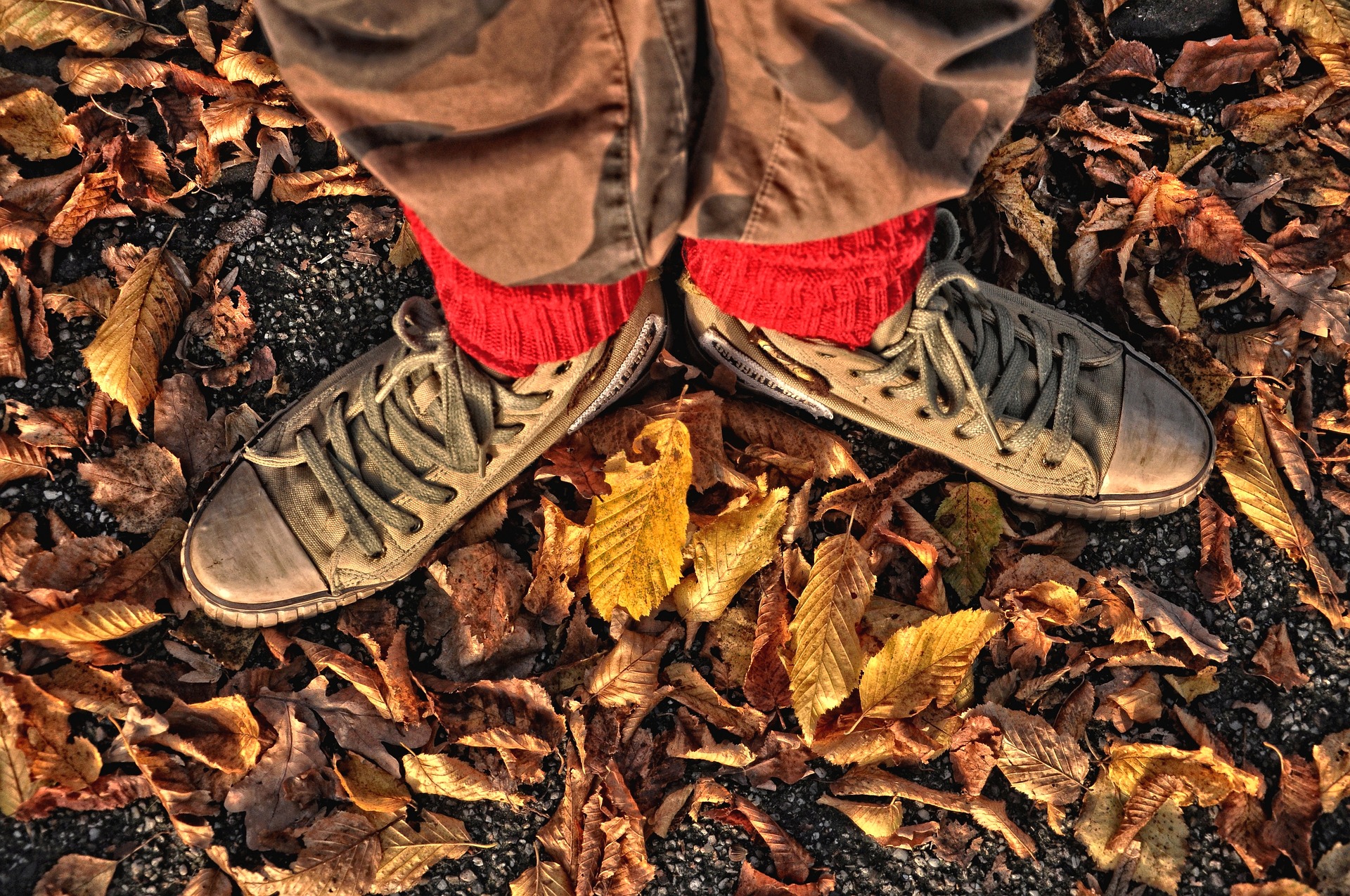Duck Feet – Out-Toeing
What’s the difference between Pigeon Toe and Duck Feet?
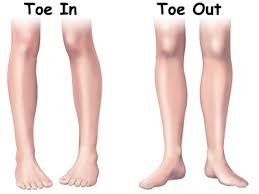 Babies regularly have their feet, legs and hips checked by their doctor in hospital, or at maternal and child-health nurse visits.
Babies regularly have their feet, legs and hips checked by their doctor in hospital, or at maternal and child-health nurse visits.
As children grow, parents are often concerned about their feet pointing inwards when they walk (also called in-toe or pigeon-toed walking) or outwards (also called out-toe walking or duck-footed).
These walking positions, commonly called “rotational deformities”, often cause parents to seek the opinion of an orthopaedic surgeon, physiotherapist or podiatrist for more specialised assessment.
Turning inwards or outwards at the hip
Femoral torsion is where the upper leg bone (femur) or hip is turned in or outwards. Children may appear to walk with their feet inwards or outward. It also looks like their knees point inwards or outwards.
The femur goes through many changes up to the age of 12 and an inward turn at the hip is more commonly seen in girls. Rotational changes at the top of the leg are also a very normal part of growth.
Walking changes from the top of the leg and hip sometimes appear more common in children who frequently W-sit. This sitting position is with their bottom on the ground and legs folded outwards. W-sitting isn’t necessarily harmful, but can affect a child’s walking.
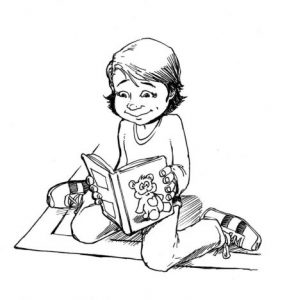
There is no research proving sitting like this is harmful. However, we often observe hip muscle tightness in children who sit this way and it may affect the child’s walking. As harm is unknown, it might be best to get children to sit or play in other positions.
Parents should seek medical attention quickly if there is pain at the hip or pain extends into the groin while walking at any age.
Children walk in-toe and out-toe for many reasons. Parents should see a Podiatrist if their child is tripping from their leg position when their child is school-aged, if one leg turns substantially more inwards or outwards than the other, seems longer or looks very different compared to the other.
Duck Feet (“Out-Toeing”)
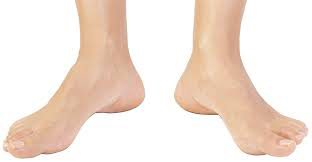
If your feet turn outward while you walk, there’s a high likelihood that you are duck footed–or, more technically, that you are “out-toeing” when you walk. You’ve probably seen children who have recently begun walking display this duck footed gait, since the hips naturally turn outward in babies.
While the duck waddle is adorable in children (most of whom outgrow the trait naturally as they develop!), it’s not the most glamorous way to walk for adults. It can lead to problems if left untreated.
Treatments for Duck Feet Walk
Treating out-toeing and its primary symptom of abnormal gait is, luckily, quite simple! For many people, simply paying more attention to the way their feet fall as they walk can make a significant impact. You’ll also want to take notice of the way you position your feet when resting or standing. Make a concerted effort to keep your feet facing forward (instead of turning outward or inward) while you walk, stand, or rest. This will help your muscles remember the correct alignment.
In addition to simply paying more attention, the following options can take the waddle right out of your walk!
Orthotic Inserts for Treatment of Duck Feet
One of the best ways you can help retrain your muscles and regain a normal gait is to use inexpensive orthotic inserts in your shoes. These inserts help stabilize the heel and keep your foot aligned rather than turning outward while you walk. If your duck feet stem from an injury or lack of muscle strength, orthotics can also provide additional support and comfort when walking. This can also prevent or heal plantar fasciitis caused by a flattening arch.
Stretching & Exercises
Spending 20 minutes each day on a few simple stretches can limber up muscles and avoid soreness or muscle stress as you work to change your gait. The same foot and leg stretches used to treat plantar fasciitis can help improve your duck feet walk and put you on the path to a realigned gait.
Massage
As you work to get your muscles back in line, you may experience some soreness or mild muscle discomfort. Massage and self myofascial release can be a great way to relax tight muscles and address soreness that stems from changing your gait.
At the Foot and Ankle Clinic our highly qualified team of Podiatrists are all members of the Australian Podiatry Association and offer a combined 50 years’ experience. They are trained to diagnose and effectively treat pigeon toe and duck feet via a range of treatments.
Put your feet in our hands! See us today in Chadstone, Moe, Sale, Traralgon, Warragul & Online Store and Retail Enquiries. NO REFERRAL NEEDED!.
